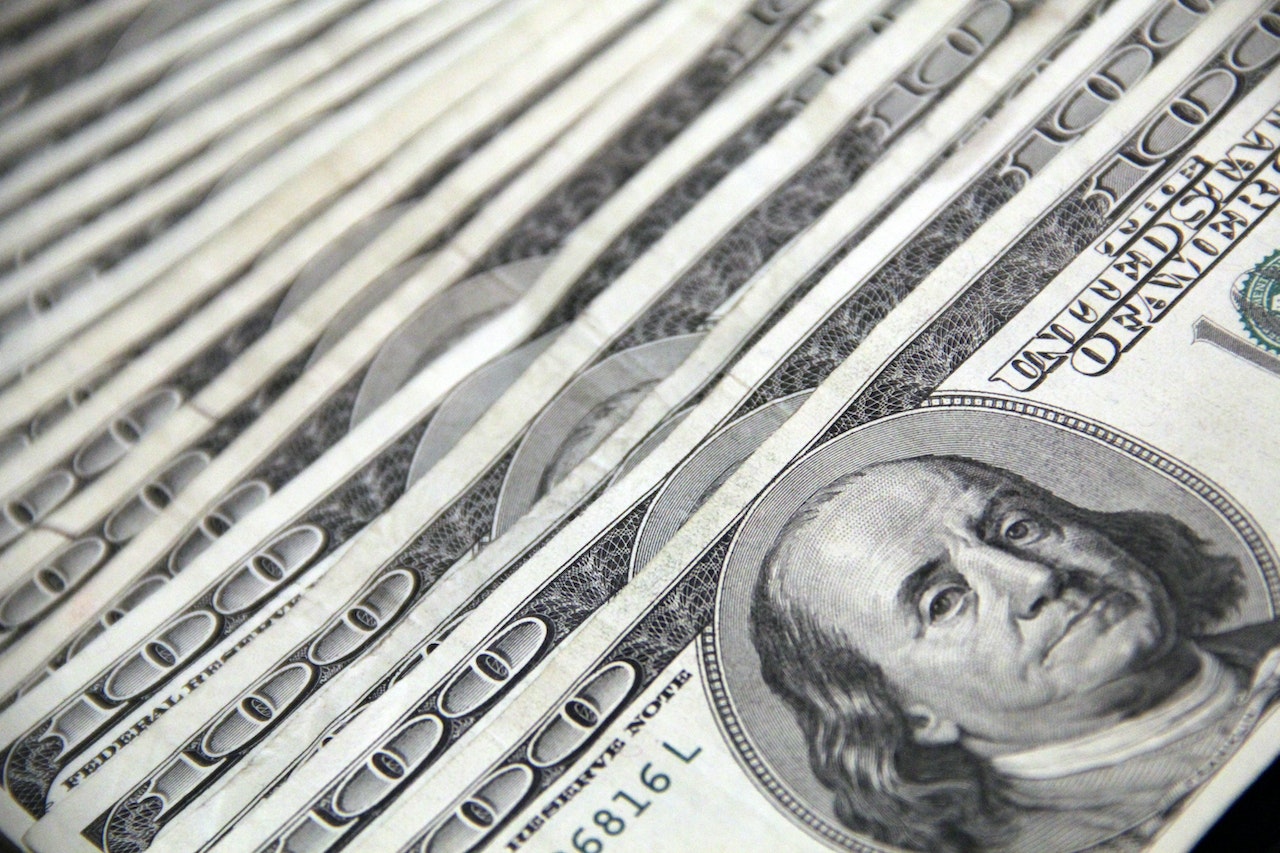Bankruptcy is a legal process that allows individuals or businesses to eliminate or repay their debts under the protection of the court. While it can provide relief to those struggling with overwhelming debt, it also has significant impacts on loan repayment. Understanding how bankruptcy affects loan repayment is crucial for individuals considering this option.
First and foremost, it’s important to note that bankruptcy does not automatically discharge all types of debt. There are two main types of bankruptcy that individuals can file for: Chapter 7 and Chapter 13. Each has different implications for loan repayment.
Chapter 7 bankruptcy, also known as liquidation bankruptcy, involves the sale of non-exempt assets to repay creditors. This process typically takes a few months, and at the end, most unsecured debts, such as credit card debt or medical bills, are discharged. However, secured debts, such as mortgages or car loans, are not automatically eliminated. In these cases, the lender may still have the right to repossess the collateral if the loan is not repaid.
Chapter 13 bankruptcy, on the other hand, involves creating a repayment plan based on the individual’s income and debts. This plan typically lasts between three to five years, during which the debtor makes regular payments to a court-appointed trustee, who then distributes the funds to creditors. Under this type of bankruptcy, individuals have the opportunity to catch up on missed mortgage or car loan payments and avoid foreclosure or repossession.
In both Chapter 7 and Chapter 13 bankruptcies, student loans are generally not dischargeable unless the debtor can prove undue hardship. This means that individuals will still be responsible for repaying their outstanding student loan debt even after filing for bankruptcy.
It’s important to note that bankruptcy will have a significant impact on an individual’s credit score. A bankruptcy filing will remain on a credit report for up to 10 years, making it challenging to obtain new credit or loans in the future. Lenders may view individuals who have filed for bankruptcy as high-risk borrowers, resulting in higher interest rates or more stringent lending requirements.
Furthermore, it’s crucial to understand that bankruptcy should be seen as a last resort. It is a complex and often emotionally challenging process that should only be pursued after careful consideration and consultation with legal professionals. Bankruptcy should not be taken lightly, as it can have long-lasting consequences on an individual’s financial health.
Bankruptcy is a legal process where individuals or businesses declare that they are unable to repay their debts. It is often seen as a last resort for those who are overwhelmed by financial obligations and have exhausted all other means of debt management. While bankruptcy can provide relief and a fresh start for those in dire financial straits, it also has significant implications for loan repayment.
When an individual files for bankruptcy, their financial affairs are placed under the control of a court-appointed trustee. This trustee is responsible for assessing the debtor’s assets, liabilities, and income, and determining how the debts will be discharged or restructured. The type of bankruptcy filed will determine the impact on loan repayment.
In Chapter 7 bankruptcy, also known as liquidation bankruptcy, the debtor’s non-exempt assets are sold to repay their creditors. This type of bankruptcy typically involves the discharge of unsecured debts, such as credit card debts and medical bills. However, secured debts, such as mortgages and car loans, may still need to be repaid or the assets may be repossessed by the lender.
In Chapter 13 bankruptcy, also known as reorganization bankruptcy, the debtor proposes a repayment plan to the court. This plan usually spans three to five years, during which the debtor makes regular payments to the trustee, who then distributes the funds to the creditors. Through Chapter 13 bankruptcy, individuals can often retain their assets while repaying a portion of their debts.
Bankruptcy affects loan repayment in several ways. First and foremost, it can provide relief from overwhelming debts by discharging certain obligations. This can free up funds to allocate towards loan repayment, allowing individuals to prioritize their secured debts and work towards maintaining ownership of their assets.
However, it is important to note that not all debts can be discharged through bankruptcy. Student loans, for example, are generally not dischargeable unless the borrower can prove undue hardship. This means that even after bankruptcy, individuals may still be required to repay their student loans in full.
Additionally, bankruptcy can have a long-lasting impact on an individual’s credit score. A bankruptcy filing will remain on a person’s credit report for up to ten years, making it difficult to obtain new loans or credit in the future. Lenders may view bankruptcy as a red flag, indicating a higher risk of default.
It is also worth noting that bankruptcy does not necessarily absolve a person of all financial responsibilities. If a loan is secured by collateral, such as a car or a home, the lender may still have the right to repossess the asset if the individual fails to make the required payments.
In conclusion, bankruptcy can have a significant impact on loan repayment. While it can provide relief from overwhelming debts and allow individuals to restructure their finances, it also has consequences such as potential asset loss, limited access to credit, and a negative impact on credit scores. It is crucial for individuals considering bankruptcy to consult with a qualified bankruptcy attorney to understand the specific implications for their loan repayment and overall financial situation.

Leave a Reply